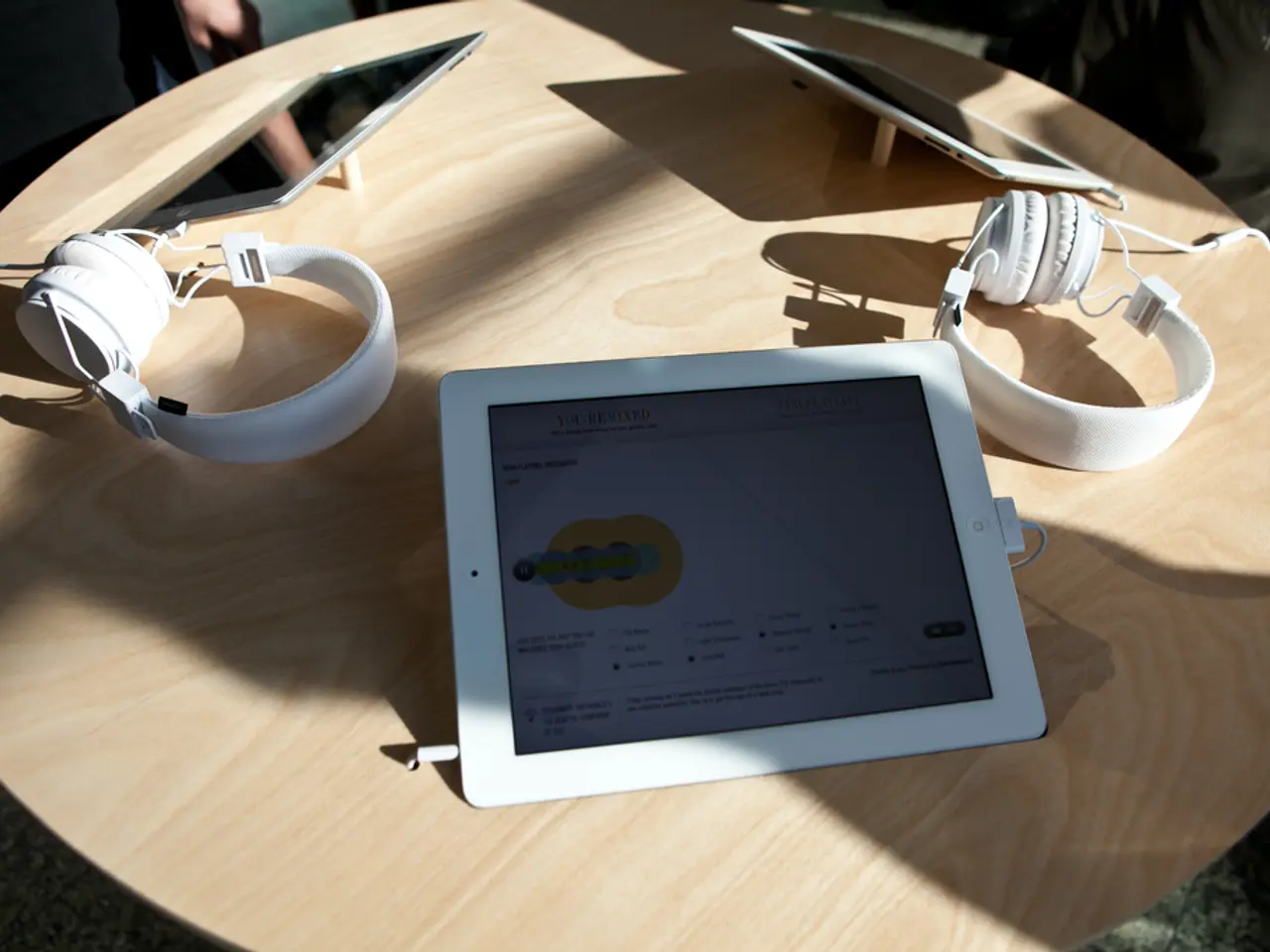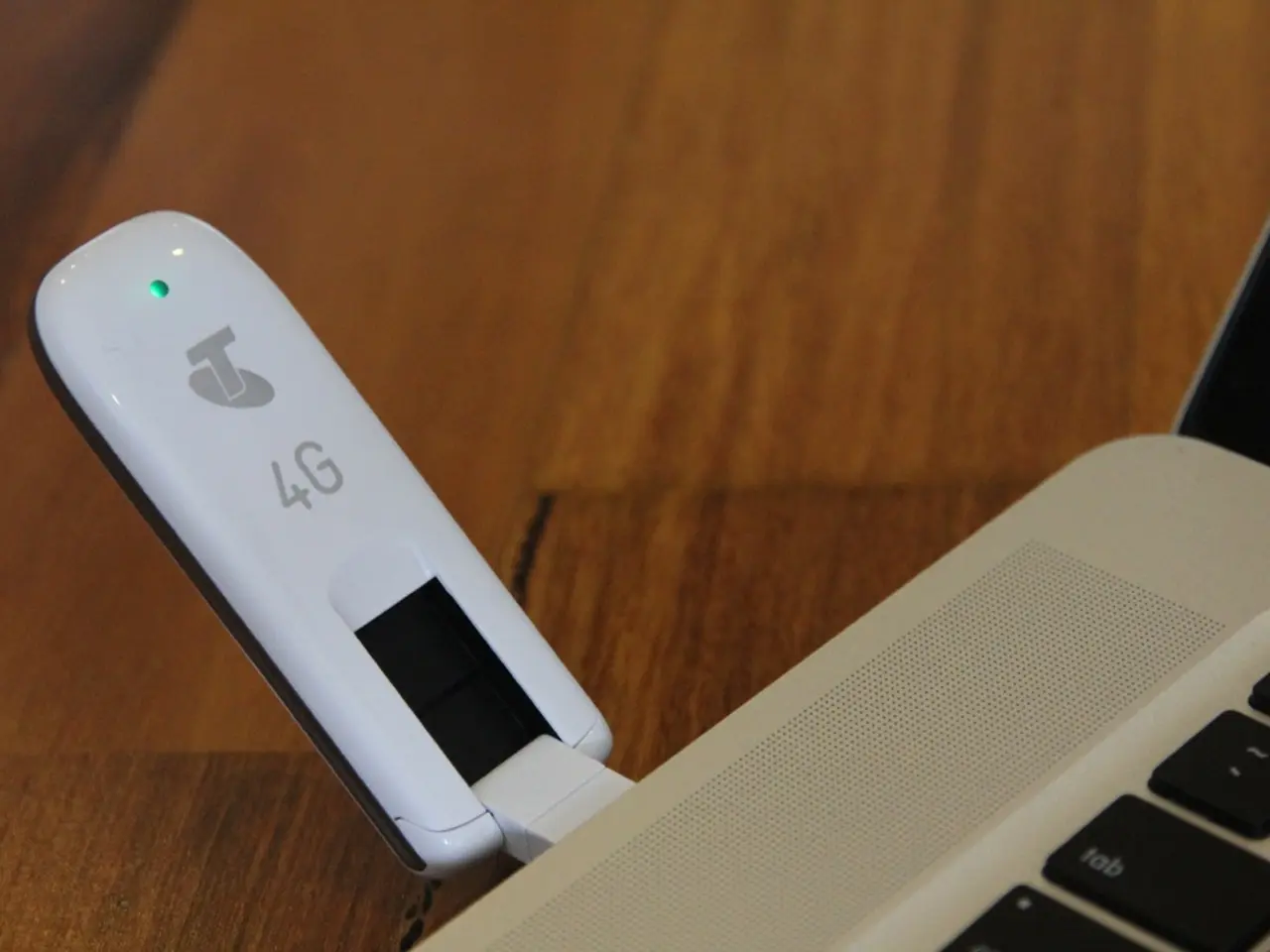Differences in Layout: Telephone and Calculator Key Arrangements Explained
The Evolution of Telephone and Calculator Keypads: A Tale of Opposite Design
In the world of technology, two common devices that we interact with on a daily basis—telephones and calculators—have one striking similarity: they both require the input of numbers. However, their keypad designs are as different as night and day.
The Telephone Keypad: Designed for Ease of Dialing
The layout of a modern telephone keypad, with the numbers 1-2-3 in the top row, can be traced back to the 1960s when push-button phones were introduced. This design was chosen to minimize dialing mistakes and conform with the layout of rotary phones that preceded them. The smaller numbers starting at the top prioritized intuitive and quick human interaction during calls.
The Calculator Keypad: Rooted in Numerical Order and Mathematical Conventions
On the other hand, the layout of a calculator keypad, with the numbers 7-8-9 at the top, has its roots in mechanical calculators and cash registers. These devices placed the highest digits at the top, reflecting numerical order and mathematical conventions. This layout supports rapid numerical entry for computations since numbers increase downward from top to bottom and left to right.
A Divergence in Design Philosophies
The core reason for the “opposite” layouts is that telephone keypads prioritize human dialing ergonomics based on phone heritage, while calculators prioritize numerical ordering and arithmetic function efficiency based on accounting and calculation heritage.
The Touch-Tone Telephone: A Special Case
The touch-tone telephone, introduced in the late 1950s, follows a similar layout to rotary telephones, with 1 on the top-left and subsequent numbers to the right. This design choice may have been influenced by the layout of rotary telephones.
The Lack of Standardization
Interestingly, there is no standardization in the arrangement of numeric keys across different devices. This lack of uniformity is a topic of ongoing interest in the design community.
Exploring Further
For those curious about the inner workings of telephones and cell phones, the links "How Telephones Work" and "How Cell Phones Work" provide valuable insights. For a deeper dive into the arrangement of numeric keys in various products, the link "Why is there no standardization in the arrangement of numeric keys?" is a must-read.
Despite extensive research, the touch-tone telephone's keypad layout remains unexplained by a single definitive theory. Access to further information about keypads, however, may be restricted, as indicated by the link "Access Prohibited: Keypads".
References:
[1] "The History of Telephone Keypads." Telephone Keypad History, www.telephonekeypadhistory.com.
[2] "How Telephones Work." HowStuffWorks, 2000, science.howstuffworks.com/telephone.htm.
[3] "History of Calculators." Calculator History, www.calculatorcollections.com/history.shtml.
[4] "How Calculators Work." HowStuffWorks, 2000, science.howstuffworks.com/calculator.htm.
[5] "Why is there no standardization in the arrangement of numeric keys?" Quora, www.quora.com/Why-is-there-no-standardization-in-the-arrangement-of-numeric-keys.
[6] "Access Prohibited: Keypads." Access Prohibited, www.accessprohibited.com/keypads.html.
The evolution of telephone and calculator keypads starkly reveals the influence of their varying origins on their designs. While the telephone keypad, largely shaped by human interaction and phone heritage, prioritizes ease of dialing, the calculator keypad, deeply rooted in mathematical conventions and accounting devices, emphasizes numeric order and arithmetic function efficiency.
In the realm of electronics and technology, the lack of standardization in the arrangement of numeric keys across different devices can be traced back to their divergent design philosophies, with finance playing a role in shaping calculator keypads and technology guiding phone keypads.




